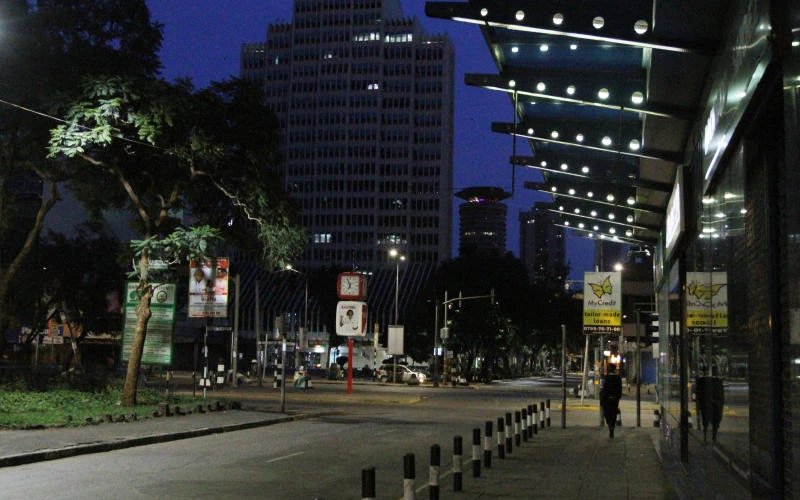2027 Mathematics: Kenya’s Voter Landscape of Regional Numbers Reveal Political Power Hubs
Kenya’s Voter Landscape: Regional Numbers Reveal Political Power Hubs
Kenya’s electoral landscape remains deeply shaped by regional voter distribution, and the latest figures paint a clear picture of how political influence is spread across the country’s counties and regions.
With over 22 million registered voters nationwide, data from the Independent Electoral and Boundaries Commission (IEBC) points to Nairobi and the Mt Kenya region as critical centres of electoral power.
Nairobi: The Capital’s Dominant Electoral Role
Nairobi leads all counties with 2,415,310 registered voters, making it the most populous in terms of voter numbers. Its position as Kenya’s economic and political hub makes it a key battleground during national elections. The capital’s diverse electorate carries significant influence, especially in presidential and gubernatorial races.
Mt Kenya Region: The Electoral Kingmaker
The Mt Kenya region commands the highest cumulative voter population, with 7,131,430 registered voters across ten counties.
- Kiambu: 1,275,008
- Meru: 772,139
- Murang’a: 620,929
Other contributing counties include Nyeri, Kirinyaga, and Tharaka-Nithi. The region’s large numbers have long positioned it as a decisive political bloc, making it fiercely contested during election cycles.
Rift Valley: A Political Stronghold
With 4,687,896 voters, the Rift Valley is another electoral powerhouse.
- Nakuru leads the region with 1,054,856 voters.
- Uasin Gishu: 506,138
- Kajiado: 463,273
As a vast and ethnically diverse region, Rift Valley has historically aligned with dominant political forces, playing a central role in presidential contests.
Nyanza and Western Regions: Opposition Base and Growing Influence
Western Kenya—which includes Kakamega, Bungoma, Busia, Vihiga, and Trans Nzoia—has a total of 2,616,929 registered voters, with Kakamega leading at 844,551.
Nyanza Region, traditionally an opposition stronghold, contributes 3,120,732 voters:
- Kisii: 637,010
- Kisumu: 606,754
- Siaya: 533,595
Both regions continue to hold significant electoral influence, especially in coalition-building and regional mobilization.
Coast and Eastern: Swing Regions with Urban Influence
The Coast Region has 1,963,144 registered voters, led by:
- Mombasa: 641,913
- Kilifi: 588,602
Despite lower numbers than Mt Kenya or Rift Valley, the Coast’s urban centres and history of marginalization make it a strategically important bloc.
Eastern Kenya—comprising Machakos, Kitui, and Makueni—registers 1,699,724 voters, with Machakos at 687,565. These counties are often considered swing regions, with voter preferences shifting across election cycles.
North Eastern: Low Numbers, High Significance
The North Eastern Region has the fewest voters, at 882,677, including:
- Mandera: 217,030
- Wajir: 207,758
Although smaller in population, the region’s geopolitical relevance and unique challenges give it a distinct voice in national discourse.
Youth Electorate and 2027 Outlook
In the 2022 General Election, over 8 million voters aged 18–24 were eligible to vote—the largest youth electorate in Kenya’s history. Their role will be crucial heading into the 2027 polls.
As political parties ramp up mobilization efforts, regions with high voter concentrations will be at the centre of strategic calculations. However, every vote—regardless of region—matters in building a representative and inclusive democracy that reflects Kenya’s diverse population.









